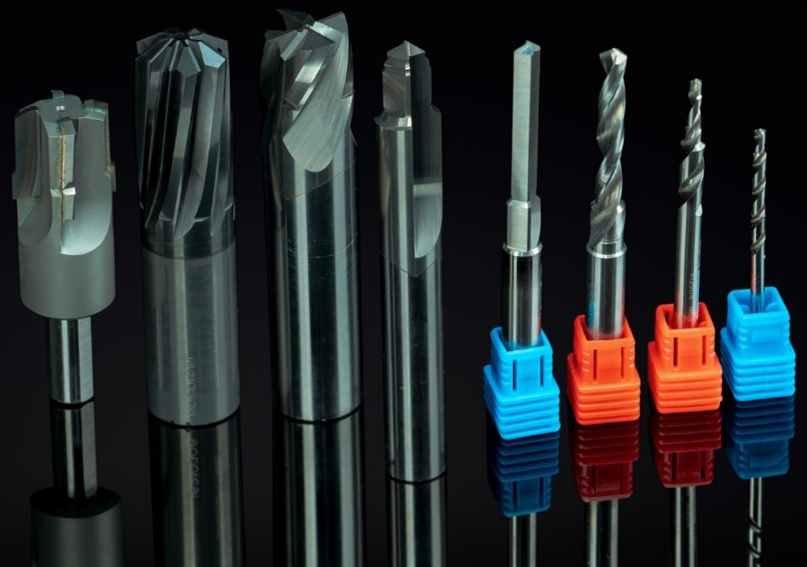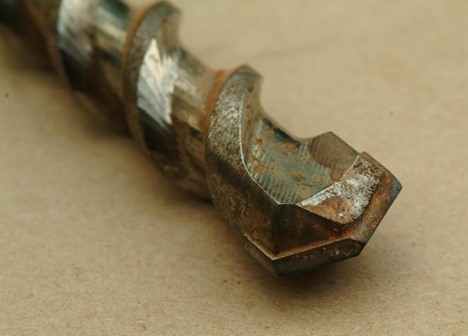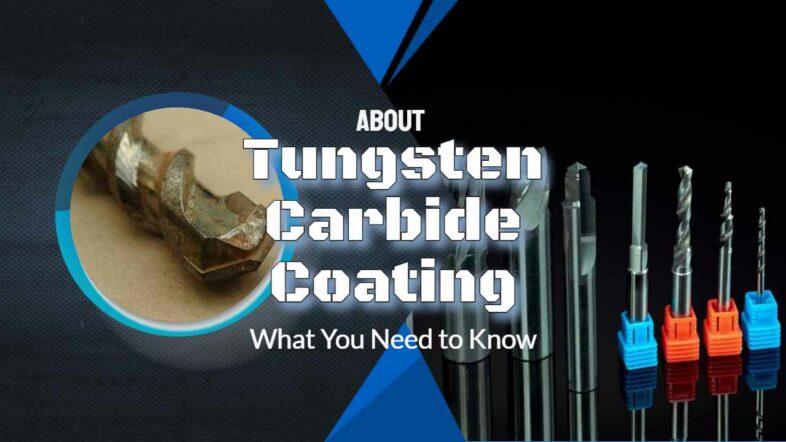In this article, we set out to bring you what you need to understand about tungsten carbide coating for use on your components.
Solutions are available all around you if you need them with your high-velocity oxygen fuel needs. One of them is the coating from tungsten carbide, and these sprays are increasingly becoming more popular through the years.
For salvaging many components or improving existing accessories, thermal spraying is still the preferred method. It involves processes of spraying the melted materials of components and surfaces to coat them.

It's natural for many machines to undergo wear and corrosion over time. Many manufacturers thought of ways to minimize or even eliminate the effects of friction and other physical elements, and tungsten carbide coating is one of them. There were techniques in the 1850s like electroplating, polishing, and chrome plating. However, thermal spraying seems to be the only method that has proven to be reliable and efficient at the same time.
About the Tungsten Carbide Powder
The coating materials can come in wires or powder, and they are often made from plastic alloys, metals, and composites. The powders are heated through electric arcs, mechanical means, or plasma until they turn into a molten state. Afterwards, you can have a glaze with a depth ranging from 25 micrometres to a millimetre.
Watch our video for a basic introduction to tungsten carbide coating:
<< Coming Soon >>
One of the factors that measure a specific coat and see if it's successful is its bond's strength into a surface. Other factors are being measured, such as porosity, oxygen content, microhardness, and other physical parameters to know that the process has been successful.
Today's cutting-edge technology uses the help of tungsten carbide (WC) so that the coating will produce the most corrosion and scratch-resistant coatings in the world today. To understand why they have chosen this element, here are some of the properties that you need to know about WC that give it its edge.
Tungsten carbide is known to have a stiffness that can be compared to steel. It’s Young's modulus, or the mechanical property of elasticity in tension measurement is 640 gigapascals. As a result, this element is denser than its titanium counterpart. You can learn more about Young’s modulus on this site here. It comes as a fine greyish powder that its typical applications are in armour-piercing rounds, industrial machines, cutting tools, and more.
About HVOF
The painting is done with a process that is known as HVOF or High-Velocity Oxygen Fuel spray. The coating process involves using high velocity and combustible sprays to develop resistance against corrosion and wear.

This is the best method so far of coating, and it has many benefits to offer, aside from bringing better substrate adhesion. HVOF can deliver a toughness coefficient that few other processes can achieve. The high temperature that is often involved ensures that the materials' low porosity can go a long way in providing resistance to deterioration.
The result is that the application will result in a smooth and clean finish that is hard to achieve with other methods. In addition to this, tungsten doesn't usually require specific or unique conditions before you can apply it to the surface. Many workshops and other industrial businesses can use them at any time.
HVOF guns are often used to achieve high-velocity spraying, and it involves a long nozzle and an HVOF incineration cavity. With this process, fuels like acetylene, oxygen, or kerosene are injected into the chamber. The resulting combustion produces a high-pressure flame, and it is funnelled into the nozzle that increases the velocity in return. You can learn more about HVOF here: https://www.sciencedirect.com/topics/materials-science/high-velocity-oxygen-fuel-coating.
The powder is fed into the chamber under intense pressure, or it can be applied into the side nozzle where the substrate's force is lower. Other techniques can utilize a more straightforward way, and it makes use of high-pressure combustion nozzles and air caps. Propane or hydrogen is often used as fuel gas, and the oxygen is delivered at high pressures.
The combustion occurs outside the nozzle of the gun, and it goes through within air caps supplied with compressed hydrogen. The air will quicken the flame and acts as a coolant to the HVOF gun. The powder is then added to the centre of the gun's nozzle, and it will perform exceptionally well. Coatings done using these methods are very dense, fine, and strong, and there will be a remarkably new improvement on the surfaces where they will be applied.




THANKS A LOT, IT WAS SO USEFUL, GOOD AND GREAT JOB FOR WHO UPLOAD THIS TUTORIAL, THANKS AGAIN.
Good day! What would be the tolerance of the coating? suppose you’re coating a perfect cylinder and then apply a layer of tungsten carbide, what would be the expected tolerance at the end?
Flame spray is cheap compared with using pure tungsten which is expensive, brittle and hard to machine. The process costs less than you’d think. I’ve done lots of tungsten carbide flame spray work, the powder and gas are the only cost once you recoup the cost of the tooling.
One wonders how thick these coatings would need to be to have the required effect?